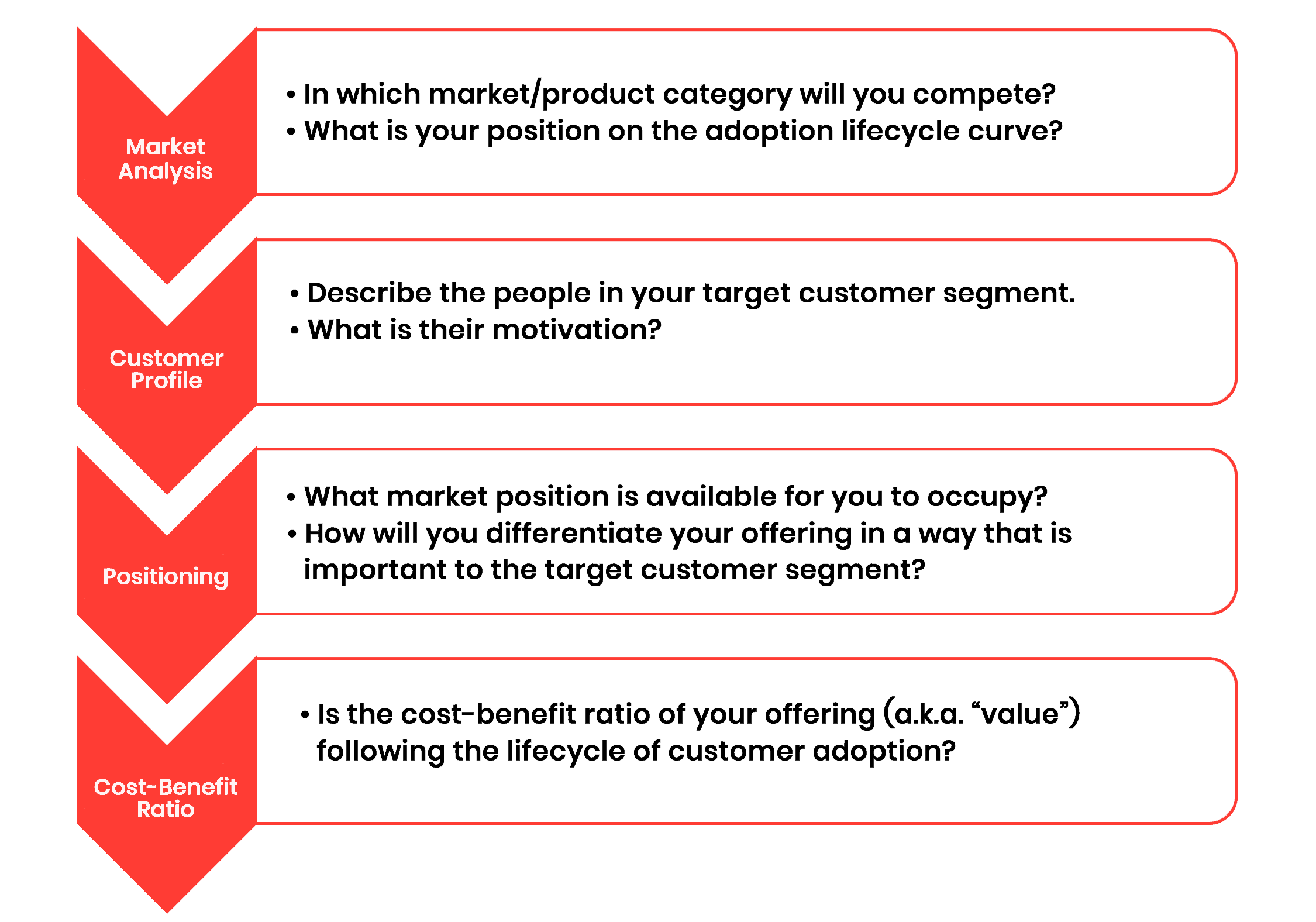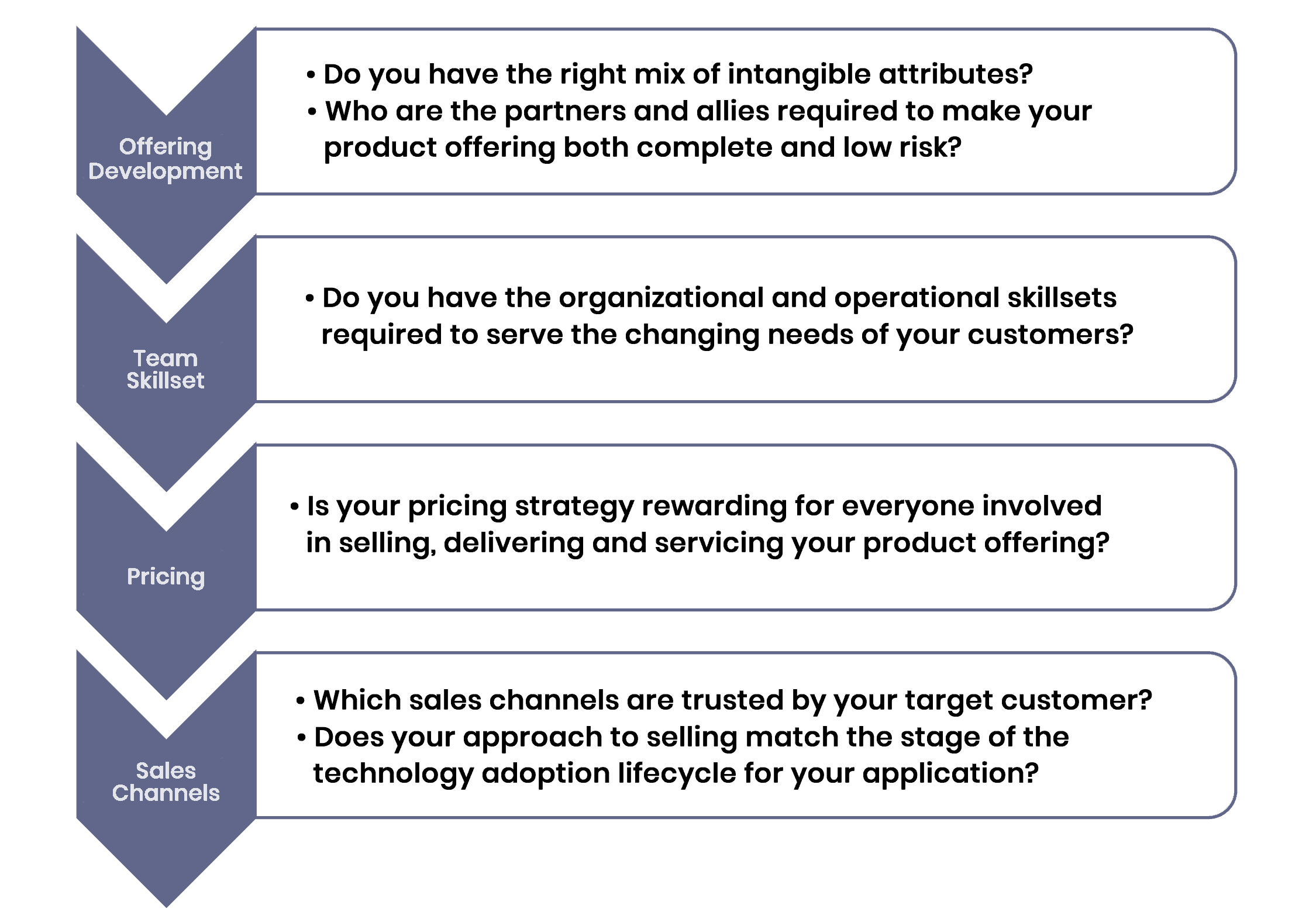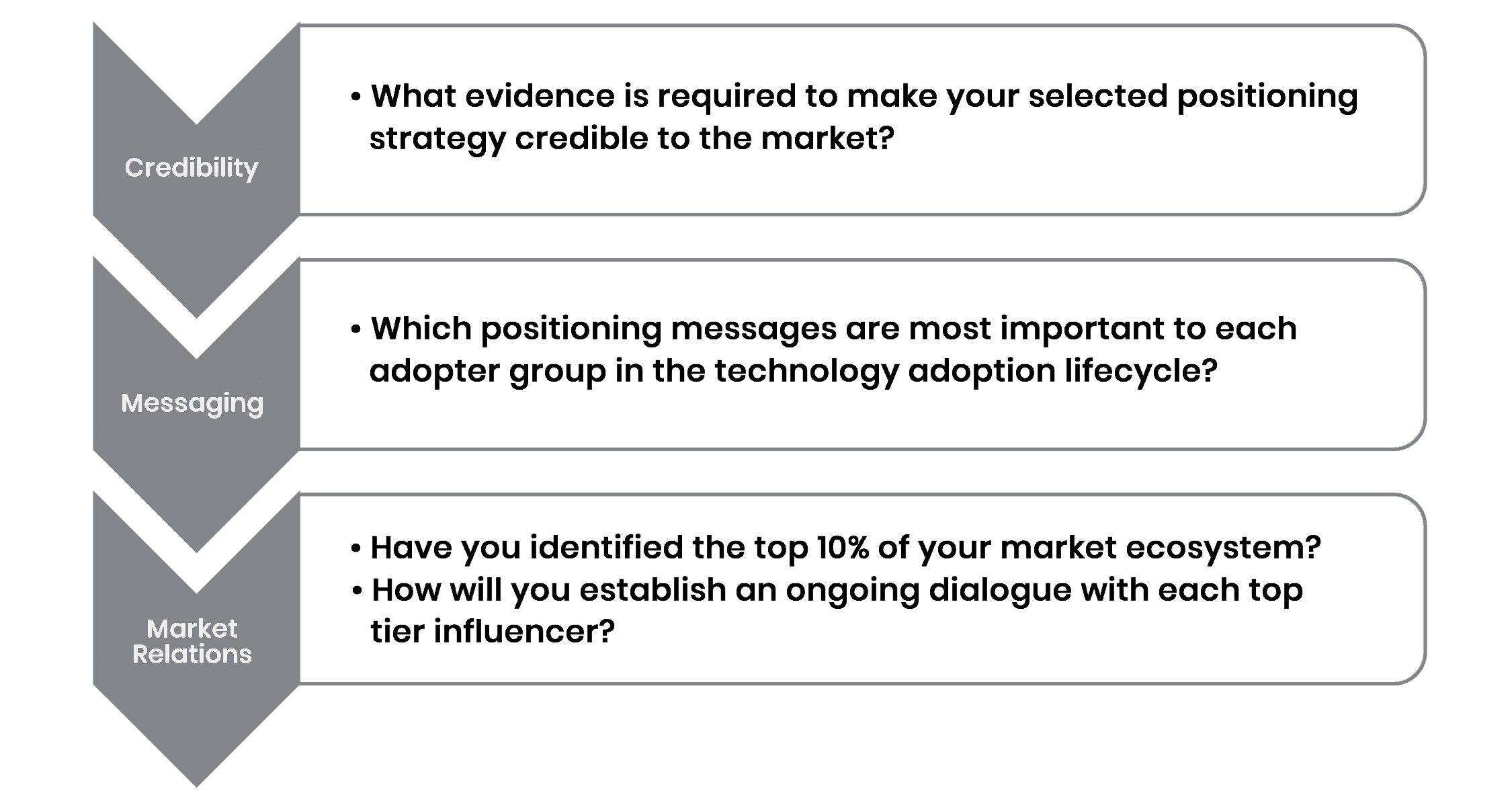Value Creation and Delivery
In hyper competitive high-tech markets with increasingly informed buyers who are faced with an overwhelming number of choices, a company can win only by fine-tuning the value creation and delivery process. This means selecting (which includes positioning), providing, and communicating superior value.
Three elements of value creation and delivery
The primary objective of your organization must be to offer a product or service in such a way that it generates value for the customer. And the job of all stakeholders in your company is to create and deliver value as defined in the following three steps:
1. Choose the Value
The process of value selection involves: an assessment of the elements that are valued by customers, grouping customers based on economic value so they can be distinctly targeted, and designing your offering and category-associations to occupy a distinctive place in the minds of the target market.

2. Provide the Value
The value proposition you have designed and positioned must reach the customer, which involves many interrelated processes. These activities are related to: defining your offering, establishing the right sales channels with the appropriate pricing, and building the organizational skillsets needed to ensure the value is received by the customer.

3. Communicate the Value
People always talk with other people before making important decisions, especially decisions related to buying new technologies. To effectively communicate the value you are providing, you must secure a superior market position by enabling conversations between people that are based on evidence and credibility.

When a company segments the market, selects the best opportunities, and positions themselves correctly in the minds of their target segments, they will be able to deliver and communicate value in a differentiated manner that is sustainable.
Over 80 percent of new products fail because they force the customer to assemble incompatible and incomplete solutions on their own. Brainstorming, failing fast, and pivoting are attempts to guess what a complete, compelling and low-risk solution might be. But products based on guessing almost never work and are not dependable methods for predictable new product success.
Why risk failure when you don’t have to? It is time to look past the trendy, ineffective shortcuts that have persisted over the years and adopt a proven approach to value creation and delivery.

